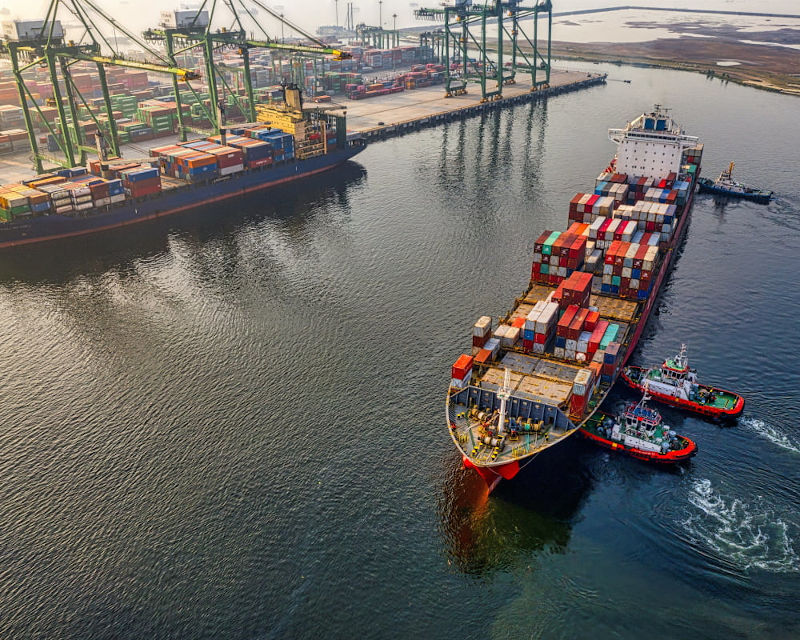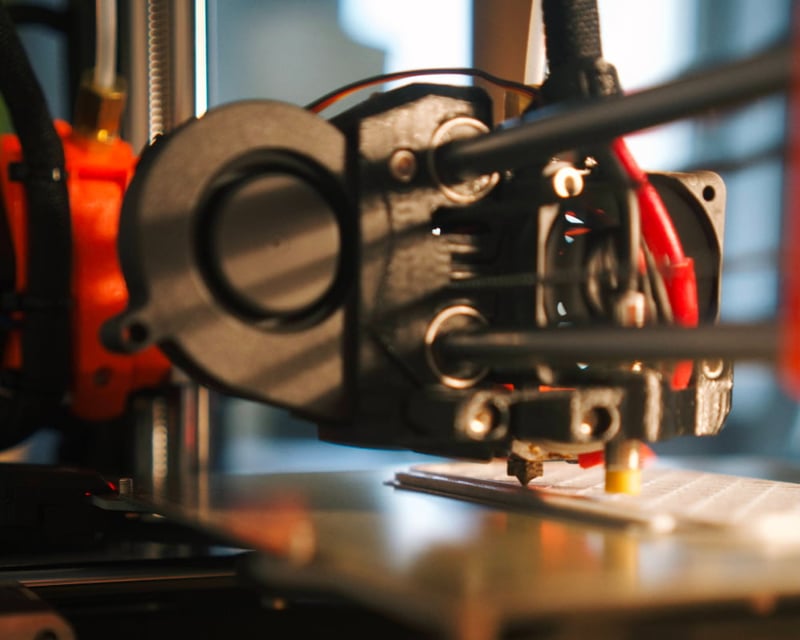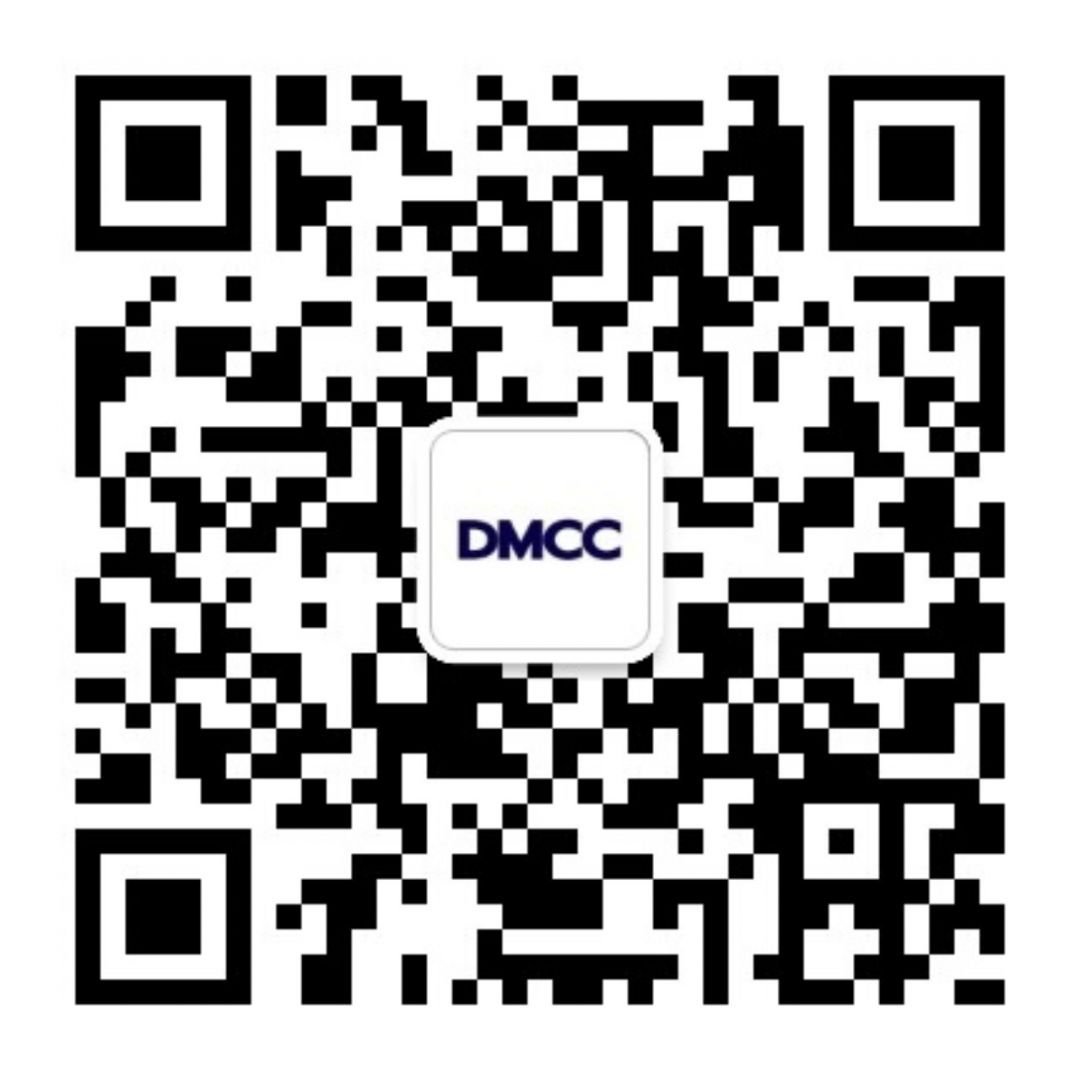Key Drivers of Trade & Technology in the Years Ahead

Blockchain Technology
Blockchain use in the global financial system has grown. Now Blockchain stands to restructure supply lines and disrupt trade finance. By enabling traceability, smart contracts and payment security, Blockchain can both simplify and increase cross-border trade. Blockchain-based trade finance will continue to increase in emerging economies, particularly in Africa.

Trade Openness
Open trade increases profits, export opportunities, foreign competition and drives technology adoption. Trade liberalisation combined with digital transformation will continue to define the trade landscape. This will support productivity gains in developing economies.
The Future of Trade Report 2022:
GLOBAL TRADE IN A NEW ERA OF MULTILATERALISM
Enabling the Future of Trade With:
Support Emerging Economies
Blockchain-based trade finance will aid the development and growth of emerging economies with its lowered barriers to entry and accessibility.
Reducing Data Entry Requirements
Blockchain technology can reduce data entry requirements by up to 80%, supporting trade facilitation and allowing smaller, newer entrants to the market at lower costs.
Reduced Transaction Times
Reduced transaction times, as well as lower commissions, benefit exporting SMEs and other businesses that would otherwise struggle with the barriers of traditional costs.
Accelerated Prototyping
Additive manufacturing allows for the rapid creation of prototypes at a lower cost than traditional methods. Changes can be made digitally, allowing for faster product development.
Customisation
The ability to easily alter designs and produce multiple variations at a low-cost with additive manufacturing means that product customisation can become a simple, scalable and low-cost proposition for many businesses.
Environmentally Friendly
3D printing requires less energy and produces less waste than traditional manufacturing methods, positioning it as one of the most environmentally friendly manufacturing methods.
Detailed Insight of Physical Assets
Through recreation modelling, stakeholders can access a detailed view of physical assets, allowing for the identification of potential issues as well as spurring innovation in manufacturing, R&D, logistic operations, and more.
Elevates Safety
Digital-twin technology can be applied to various uses such as demolitions, inspections and high-risk jobs to improve safety to workers.
Offers Sector-Wide Benefits
Proper implementation of digital-twin technologies can lead to sector-wide benefits such as converging the existing gaps between physical and virtual versions of product prototypes, shop-floor production, and product usage in the automotive industry.
THE DIGITAL CURRENCY REVOLUTION
Opportunities
Speed and Efficiency
Digital currencies offer businesses and financial institutions a faster, and cost-effective cross border payment system with transactions possible almost instantaneously and at any time.
Alternative Credit Information
Small and medium-sized businesses that typically don’t have established credit histories can benefit from the public ledgers of digital currencies which can be used to share payment and financial history to underwrite loans for importing and exporting.
Threats
High Price Volatility
The high volatility of digital currencies is almost 10 times higher than the volatility of major exchange rates and appears to be unrelated to economic or financial factors, making them hard to hedge or forecast.
Small Trading Volumes
Despite its rapid growth, crypto currency market volumes still fall far below trading volumes in the global exchange market, and the lack of institutions accepting crypto currency limits its use as a medium of exchange.
Policy Recommendations
Businesses
-
Firms should work with governments to facilitate the implementation and management of digital (single-window) systems and platforms, ensuring efficient interactions between importers, exporters, and authorities.
-
Businesses should collaborate with governments to scale up investments and developments in providing adequate digital infrastructure to promote accessible and affordable digital connectivity.
-
Businesses should invest in optimising production processes by adopting technologies such as additive manufacturing in order to reduce costs and improve resource efficiency.
-
Firms should focus on innovating and developing production processes such as 3D printing that can ultimately increase productivity in the long-term.
Governments
-
Governments should align their public and private development strategies to reflect the growing demand for goods and services in the digital economies.
-
Information and communications technology should be embedded throughout all levels of education and should be incentivised to be used among smaller firms to enable their effective integration into global (digital) value chains.
-
New types of trade agreements should be developed to enable market growth of digital currencies and to facilitate a stronger level of interoperability.
Explore the Next Chapter
Chapter 4: Sustainability and the Future of Trade
Download our Future of Trade: Special Energy Edition Report



